The event promoted by the Catholic bishops of England and Wales on July 4, on the occasion of the Mass for Social Communications is dedicated to the most important theme involving journalism today. In St. Monica’s elementary school in Hoxton square, north of London, three experts will discuss “Rethinking artificial intelligence at the service of young people and society.” The debate will be moderated by BBC journalist Sally Bundock, panel speakers include Jaswant Sambhi, an expert on the ethical aspect of artificial intelligence, Elena Sinel, founder of “Acorn Aspirations & Teens in AI”, an organisation that promotes new technologies for youths, and David Barker, who will illustrate the goals and purposes of “Tech for good”, an organisation that uses digital technology to serve the common good of society.
For the common good. “The debate will be followed by a Holy Mass celebrated by Rev John Arnold, Bishop for the Diocese of Salford, chair of the communications office of the Bishops’ Conference of England and Wales”, said Eileen Cole, who organized the event. “We want to listen to the voice of experts in the field of technology who will explain how to put the latter at the service of the common good.” The event will be attended by journalists from various news outlets as well as representatives of Catholic digital platforms and newspapers in England and Wales.
 English Catholic media. Josephine Siedlecka, founding editor of “Independent Catholic News” (www.indcatholicnews.com), created in the year 2000, gave an outline of the news media representing the Catholic Church in Britain today. “Our estimated readership is of approximately 180,000 people, half in Great Britain and half in the rest of the world, and we can count on a high number of e-mail subscriptions”, said Siedlecka. “We survive thanks to our readers, who also support us financially, and to the sponsors that try to keep in small ad spaces. “My career began in a local newspaper, the “Camden Chronicle” in London, and then I moved on to the BBC”, said the editor of “Independent Catholic News”. “I was raised in a Catholic family but I drifted away from the Church after I finished College. I returned at 40, when I left the BBC to work for Catholic newspapers.”
English Catholic media. Josephine Siedlecka, founding editor of “Independent Catholic News” (www.indcatholicnews.com), created in the year 2000, gave an outline of the news media representing the Catholic Church in Britain today. “Our estimated readership is of approximately 180,000 people, half in Great Britain and half in the rest of the world, and we can count on a high number of e-mail subscriptions”, said Siedlecka. “We survive thanks to our readers, who also support us financially, and to the sponsors that try to keep in small ad spaces. “My career began in a local newspaper, the “Camden Chronicle” in London, and then I moved on to the BBC”, said the editor of “Independent Catholic News”. “I was raised in a Catholic family but I drifted away from the Church after I finished College. I returned at 40, when I left the BBC to work for Catholic newspapers.”
 Evangelizing journalists. For Josephine “the work of a Catholic journalist is evangelization with respect for the truth. I consider Pope Francis our role model: he speaks with great compassion, promoting Church values. At Independent Catholic News we follow his example, interviewing experts who offer the Gospel perspective with respect for reality.” Before founding and directing the website featuring world news, Josephine Siedlecka worked for the press office of the Catholic Bishops’ Conference and for all four Catholic weeklies in Britain: “Catholic Herald”, “Tablet”, “Catholic Times” and “Catholic Universe.” They were all founded in the mid-19th century, when Catholics regained their civil rights, after the Reformation of Henry VIII, representing a minority Church with only five million faithful.
Evangelizing journalists. For Josephine “the work of a Catholic journalist is evangelization with respect for the truth. I consider Pope Francis our role model: he speaks with great compassion, promoting Church values. At Independent Catholic News we follow his example, interviewing experts who offer the Gospel perspective with respect for reality.” Before founding and directing the website featuring world news, Josephine Siedlecka worked for the press office of the Catholic Bishops’ Conference and for all four Catholic weeklies in Britain: “Catholic Herald”, “Tablet”, “Catholic Times” and “Catholic Universe.” They were all founded in the mid-19th century, when Catholics regained their civil rights, after the Reformation of Henry VIII, representing a minority Church with only five million faithful.
 Herald and Tablet. “The Catholic Herald (18,000 copies sold and 2,000 digital subscriptions in the UK, 1.5 million page views each month and 2,000 additional subscriptions in the US) is the most conservative of the four newspapers, and the one with the broadest news coverage. A year ago it released a successful US edition”, said Josephine Siedleka.
Herald and Tablet. “The Catholic Herald (18,000 copies sold and 2,000 digital subscriptions in the UK, 1.5 million page views each month and 2,000 additional subscriptions in the US) is the most conservative of the four newspapers, and the one with the broadest news coverage. A year ago it released a successful US edition”, said Josephine Siedleka.
“The Tablet, which dates back to 1840 and is the oldest magazine, has 12,000 subscribers for the printed version and 1,600 for the digital one with a more open outlook than the Herald. Both are very informative and feature analyses and commentary by famous columnists who also write for the most popular English newspapers.”
 Universe and Catholic Times. As a freelancer Josephine has also written articles for the “Universe” and for “The Catholic Times.” Both are based in Manchester and are closed connected to the Catholic communities that immigrated from Ireland over the past centuries. “The Universe” has sixty thousand online readers and twenty thousand subscriptions for the printed version, while “Catholic Times” has seven thousand subscriptions for the printed version and eight thousand online readers.
Universe and Catholic Times. As a freelancer Josephine has also written articles for the “Universe” and for “The Catholic Times.” Both are based in Manchester and are closed connected to the Catholic communities that immigrated from Ireland over the past centuries. “The Universe” has sixty thousand online readers and twenty thousand subscriptions for the printed version, while “Catholic Times” has seven thousand subscriptions for the printed version and eight thousand online readers.
App for young readers. “UK Catholic press is a vibrant reality”, concluded Josephine Siedleka. “In addition, each diocese has a local newspaper, distributed for free, as well as several magazines. The development of online platforms, as happened all over the world, has reduced the number of readers and forced each of the four newspapers to innovate in digital media with websites, that for the Tablet, are, at least in part, paid for. In my view at least one publication will end up being limited to the online version in the future. Older readers are still wedded to the newspaper format and young Catholics prefer Apps. Two interesting and popular apps have been developed by the Jesuits of London: “Thinking faith”, and “Pray as you go.” “I use them too.”










